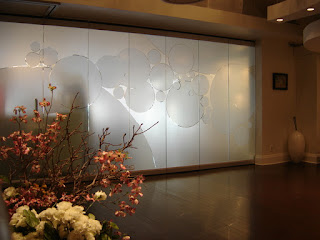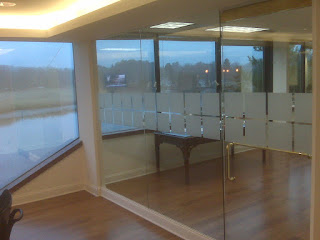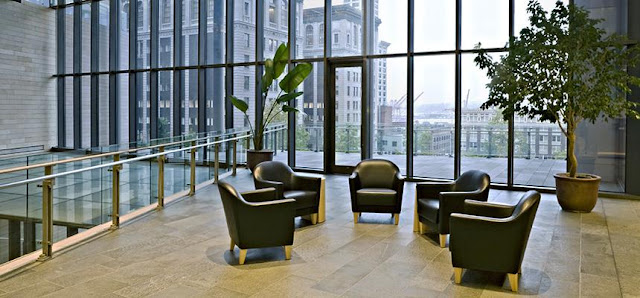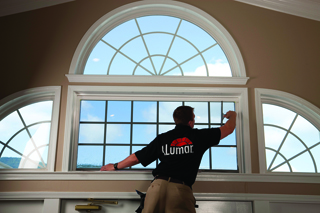Window Film: A Solution to Alleviate Electric Bill Woes in 2024
In the midst of escalating electric bills, consumers worldwide are grappling with the financial strain imposed by soaring energy costs. As the calendar turns to 2024, households are facing the imperative to adopt innovative strategies to manage their electricity consumption effectively. Amidst these challenges, one solution gaining prominence is the utilization of window film to mitigate the burden of high electric bills.
The surge in electricity expenses is driven by various factors, including volatile fuel prices and the upkeep of infrastructure. Such increases place a significant strain on household budgets, prompting individuals and families to seek alternative means to curb their energy expenditure.
Enter window film – a simple yet effective solution that holds promise in reducing energy consumption within households. By applying window film to windows, homeowners can mitigate heat gain during the warmer months and heat loss during colder periods. This translates to reduced reliance on heating and cooling systems, leading to substantial savings on energy bills over time.
The mechanism behind window film is straightforward. The film acts as a barrier, reflecting solar heat away from the interior during summer months, thus reducing the need for air conditioning. Conversely, during winter, it helps to trap heat inside, minimizing heat loss through windows and easing the workload on heating systems.
Moreover, window film offers additional benefits beyond energy savings. It can enhance comfort by reducing glare and regulating indoor temperatures, creating a more pleasant living environment year-round. Furthermore, certain types of window film provide UV protection, safeguarding furnishings and interior décor from sun damage.
The adoption of window film aligns with broader efforts to promote energy conservation and sustainability. By harnessing the power of this simple yet effective technology, consumers can make tangible strides towards reducing their carbon footprint while simultaneously easing the financial strain of high electric bills.
Despite its potential benefits, the widespread adoption of window film faces challenges, including initial cost and installation considerations. However, the long-term savings and environmental benefits outweigh these hurdles, making window film a compelling option for budget-conscious consumers seeking to manage their electricity expenditure.
al to yield substantial long-term savings.




























